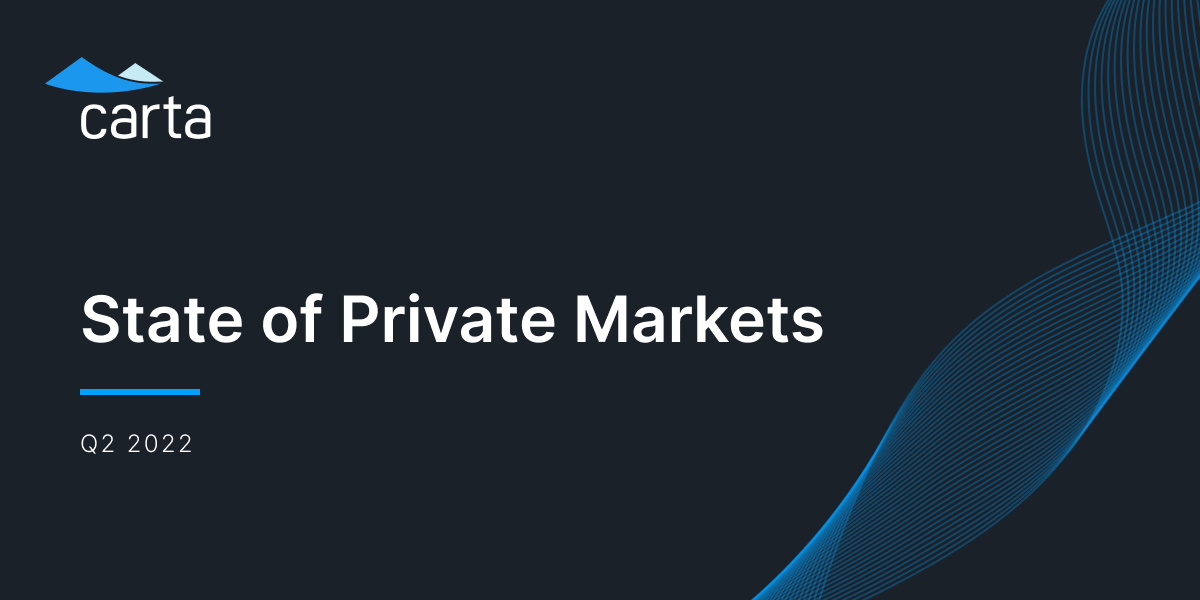ASC 718 is the standard way companies expense employee stock-based compensation on an income statement. Equity awards are part of compensation and have a specific set of accounting rules, stated in ASC 718, that companies should follow. Expense accounting used to be known as FAS 123(r), but now falls under ASC 718.
The ASC 718 guidelines include three basic steps for expensing an option:
- Calculate the fair value of the option
- Allocate the expense over the option’s useful economic life (more on what that means in a minute)
- Reflect compensation expenses on your income statement
When should I start expensing employee options?
Some early-stage private companies may choose not to record employee options as an expense. But, as companies raise larger funding rounds, they typically become GAAP compliant. Depending on the size of the round, companies generally get audited for the first time while raising a Series A or B. Large investors typically want a third party to sign off on the accuracy of the startup’s financials, so they have confidence their portfolio companies aren’t doing anything fraudulent.
In the U.S., companies are audited based on generally accepted accounting principles (GAAP). The Financial Accounting Standards Board (FASB) is responsible for defining and maintaining GAAP standards. In 2009, FASB developed the Accounting Standards Codification (ASC), which is the system that breaks down each individual rule so it can be easily referenced. ASC Topic 718 is one of these rules.
Expensing employee options
Calculating the value of an option
As we discussed above, the first step is to calculate the fair value of the option, from an accounting perspective. This lets you know how much the option grant is worth and how much to reflect on your income statement.
Because options are illiquid assets, their value can’t be determined on the open market and companies need to calculate how much they’re worth using a model. ASC 718 does not state a preference for the valuation model used, but it does list factors that a good model must include. These are:
- Expected term
- Volatility
- Strike price
- Interest rate
- Dividend yield
- Fair market value, calculated using a 409A valuation
Carta typically uses the Black-Scholes Model for options and the Intrinsic Value Method for restricted stock awards to calculate fair value for options as both incorporate all the factors required under ASC 718.
Allocating the expense over the option’s useful economic life
Once you’ve calculated the fair value of the option, it’s time to record it in the books. Similar to how depreciation and amortization are taken into account on financial statements, the expense isn’t recorded all at once, it’s spread over the option’s useful economic life.
Companies award option grants to incentivize and retain employees, and therefore options usually vest over a number of years. Calculating the useful economic life is simple: if an option grant has a vesting schedule of four years, four years is considered the useful economic life.
There are a few ways to allocate options over their useful economic life. The company can either:
- Record the option as a single expense on a straight-line basis over the full service period
- Treat each vesting increment as a separate award and expense
If the grant vests over four years, the first method, called the straight-line method, allocates 25% of the grant each year. The second method, called the FIN28 method, treats each vesting event as a separate award allocated over its period. For example, if an option grant vests over four years with the same number of shares vesting each year, the shares vesting in year one would be allocated over one year, the shares vesting in year two would be allocated over two years, and so on.
ASC 718 reporting gets complicated quickly
The above is a simplified overview of how expense accounting can work under ASC 718. In the real world things tend to get complicated.
For example, if a company decides to reprice options because the exercise price is lower than the current 409A fair market value, they use modification accounting to remain GAAP compliant. Modification accounting requires the company to measure the value of the option before the change and after the change in order to determine if there is any incremental expense (above and beyond the original calculated expense). This incremental expense is then added on to the originally booked expense.
This process can be tricky if there are multiple modifications to option grants. As a company scales keeping track of these changes can be cumbersome.
Carta can help
It’s important to account for all of your expenses, so you don’t overstate your income—which directly impacts valuation. Correctly expensing options can be a complex piece of that puzzle, especially when using a spreadsheet. Accounting Guidance also evolves over time, and keeping up with those changes is challenging.
When you upgrade to Carta expense accounting, it connects with your cap table and expenses accrue as you issue options. You can choose to expense options monthly, quarterly, or annually.
When you’re choosing how to expense options, it’s important to ensure your solution is scalable, accurate, and cost effective.
- Scalable – as your company grows, tracking all your grants in a spreadsheet doesn’t scale. Carta allows you to capture every grant and calculate expenses quickly.
- Accurate – ensuring your math is right and you are modeling the fair value correctly is difficult. Carta helps remove human error from ASC 718 calculations.
- Cost effective – using employee time to calculate option expenses costs your business money, and hiring an external CPA firm adds up even more quickly. Carta’s cost effective software helps you stay GAAP-compliant at a fraction of the cost.
With Carta, you can calculate option expenses automatically. Our team is constantly iterating and improving the product as guidance changes. Our reports handle the tough math and our support team can answer all your questions.
At Carta, we help startups with fundraising, compensation, valuations, equity management and much more. Talk to us to find out how we can help you grow.
DISCLOSURE: This communication is on behalf of eShares Inc., d/b/a Carta Inc. (“Carta”). This communication is for informational purposes only, and contains general information only. Carta is not, by means of this communication, rendering accounting, business, financial, investment, legal, tax, or other professional advice or services. This publication is not a substitute for such professional advice or services nor should it be used as a basis for any decision or action that may affect your business or interests. Before making any decision or taking any action that may affect your business or interests, you should consult a qualified professional advisor. This communication is not intended as a recommendation, offer or solicitation for the purchase or sale of any security. Carta does not assume any liability for reliance on the information provided herein. ©2018–21 eShares, Inc. d/b/a Carta, Inc. (“Carta”). All rights reserved. Reproduction prohibited.






